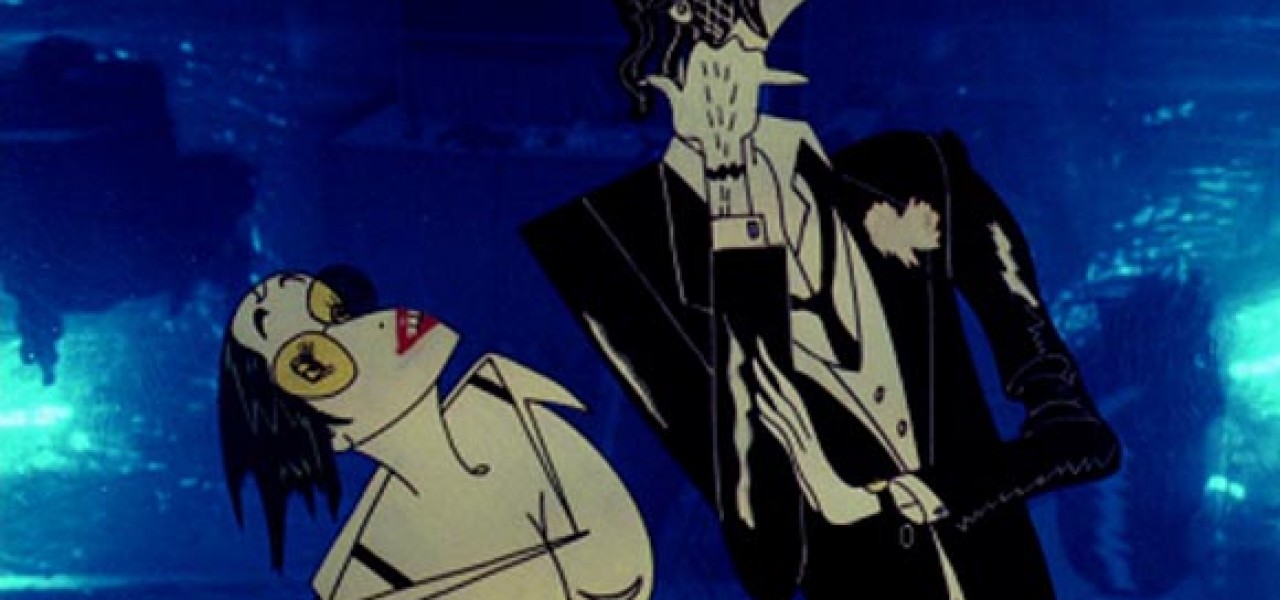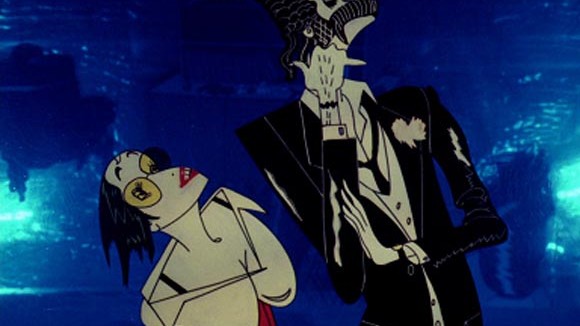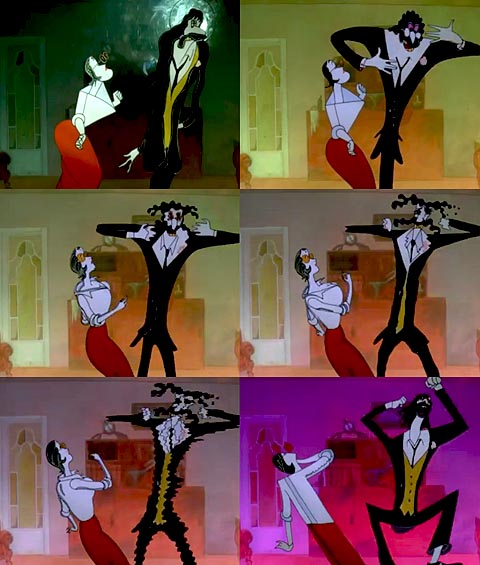

“Foam Bath,” The Hungarian Film That Pushed Character Animation Into New Territory

Foam Bath (Habfürdő, 1979) is a film that I’d seen only in bits and pieces so it was exciting to stumble onto the full version posted online. It’s not the best print, and it’s in Hungarian, but its uninhibited creativity shines through. According to animation historian Giannalberto Bendazzi, the 1979 musical directed by György Kovásznai depicts “a groom-to-be who would like to cancel his weding, the bride’s best friend who is falling in love with the groom, the wedding and, overall, the disillusionment of a generation.” Hungarian Brew readers, please feel free to add to this synopsis. This is the entire film:
A painter and fine artist, Kovásznai utilizes collage techniques and optical effects to create a dense world of visual delights. But more than just an eclectic mix of graphic techniques, he succeeds at creating a universe in which the movement and acting is purely graphic. The thoughts and feelings of his character are expressed through stylized actions that reject the conventional principles of character animation. His characters transform and fragment into different shapes, fracture into pieces, shrink, expand, and change designs shot by shot, all without any loss of comprehension by the audience. An example can be seen in this spectacular four-second shot:

Kovásznai understands the power of the drawing to express a range of emotions and feelings that can’t be captured by a live-action camera. The film suggests a new range of symbolic acting possibilities in character animation, while showing that the animated character is far more malleable than most Western filmmakers dare to consider (although Japanese animators have certainly continued to explore in Kovásznai’s direction). Sadly, we don’t know how much further Kovásznai could have pushed the visual language of animation. Shortly after completing the film, he was diagnosed with leukemia. He died in 1983 at the age of 49.




